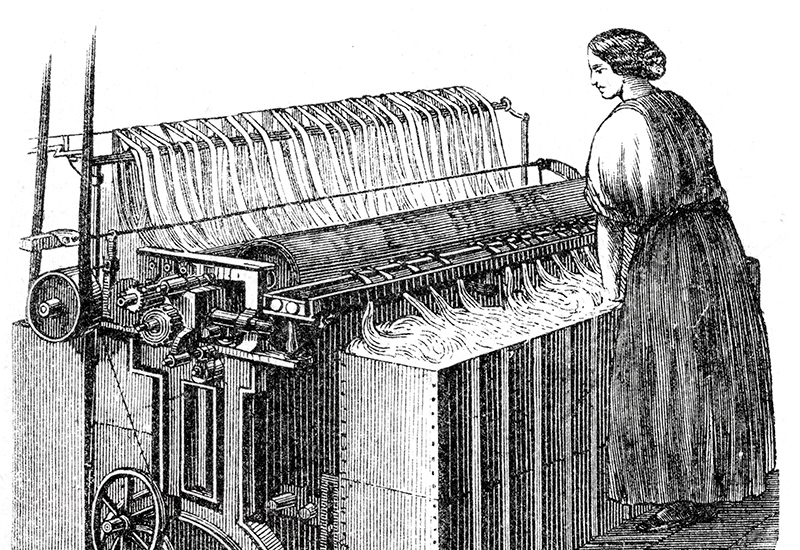Health & Safety Legislation’s Cotton Mill Origins

What’s with all our health and safety legislation? Where did it come from? Why do we have it? If you’ve never stopped to ask these questions about our current health and safety laws, read on.
Years ago – long before we enjoyed the benefits of a health-and-safety-conscious UK – it’s highly likely you’d have risked your life at work every day. Particularly if you worked in a cotton mill. Forced to work long hours in horrific conditions workers would invariably get sick or contract a potentially life-threatening disease.
Thankfully, current health and safety legislation keeps us all safe at work. And it all started with those cotton mills.
What happened?
Back in 1802 Sir Robert Peel, politician, industrialist and avid textile manufacturer (not to be confused with his son, also Sir Robert Peel, who served as UK Prime Minister twice) introduced the Health and Morals of Apprentices Act.
The Act required things like better ventilation of factories, increased cleanliness and the capping of apprentice shifts to 12 hours a day.
Why this new piece of legislation?
Peel was unhappy with the working conditions of the mills following the outbreak of a nasty fever at one of his own factories in 1784. He was particularly keen to improve the treatment of the increasing number of young apprentice workers. And when we say ‘young’, we really do mean ‘young’…
Two hundred years ago, it was perfectly legal to have children of any age working long hours in a dangerous cotton mill.
So in 1819, The Cotton Mills and Factories Act was enabled stipulating that children younger than nine years old couldn’t be employed. In addition, children between the ages of nine and 16 could work no more than 12 hours a day. The Act also ensured they had breaks and didn’t work during the night.
Following Peel’s initial push for change, the Factory Acts passed in 1847, 1895 and 1961, further improved factory working conditions. And then came the game-changer…
The Health and Safety at Work etc. Act 1974
This is the primary piece of health and safety legislation we use today. It covers occupational health and safety in Great Britain. It sets out the general duties that employers have towards employees and the public, and that employees have to themselves and to each other.
How safe is your workplace?
Are you comfortable you’re providing working conditions that are compliant with current health and safety legislation?
For existing Moorepay customers, contact our Advice Line with your questions, our team are available 24/7 to support and guide you.
Alternatively, you can check out this handy – and free to download – H&S resource. It gives a comprehensive breakdown of breaches by legislation, complete with case examples and expert commentary.
Speaking of cotton mills…
Moorepay’s northern office is moving to Lowry Mill in Salford, Greater Manchester. Our grand opening takes place on Tuesday 20th November.
And finally, if you’re interested in finding out what it was really like to work in a cotton mill, check out this article by the BBC.


